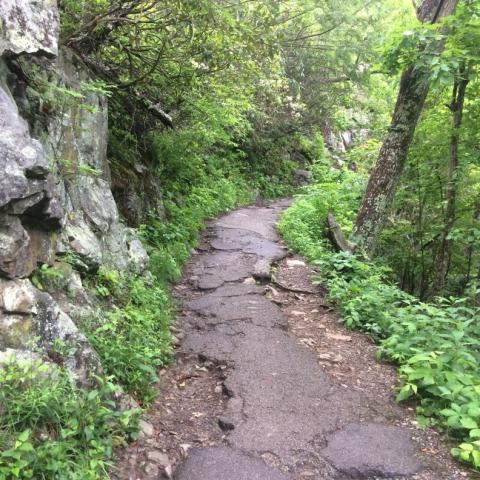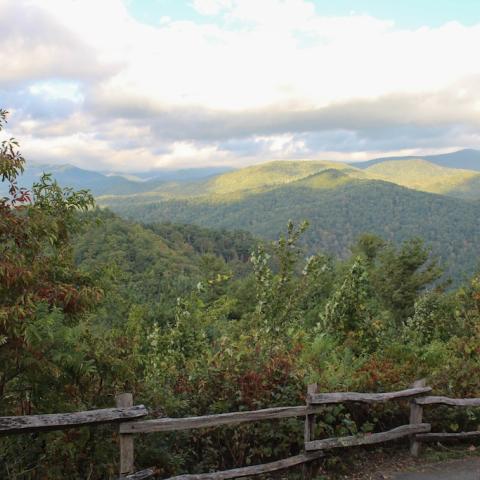
More than 11.3 million visitors flocked to Great Smoky Mountains National Park in 2017, a record. Boosting the turnout was the park's location in the path of "totality" during last August's solar eclipse/NPS
If you're thinking of visiting Great Smoky Mountains National Park, you might want to avoid July, and maybe October. Those are the two busiest months of the year for the mountainous park that straddles the Tennessee-North Carolina border.
That was one of the tidbits that came out when park staff announced that last year saw a record 11,338,894 people visit the park. Monthly visitation records were set during the shoulder season months of January, February, April, September, and November in 2017, which follows a pattern of the park seeing increased year-round visitation, a park release said.
“We strive each year to provide exceptional services to the visitors who come to enjoy the Smokies,” said Superintendent Cassius Cash. “With increasing visitation across seasons, this does not come without challenges. I am proud of the employees who work hard each day to meet these challenges, along with the support of our volunteers and partners who collectively help us care for this incredibly special place.”
In 2017, more than 2,800 park volunteers donated more than 115,000 hours of service. These volunteers provided much needed help across the park, including trail maintenance, invasive plant removal, and providing visitor information along trails, at visitor centers, and in campgrounds. Visitors spent nearly 400,000 nights camping in the park, which was slightly down from 2016, but above the 5-year average. The park offers nine front country campgrounds and 100 backcountry campsites for visitors to enjoy across the park.
Notably in 2017, the park hosted the largest special event in park history. The western half of the park provided prime viewing to experience totality for approximately 2 minutes during the Great American Total Solar Eclipse. Thousands of visitors participated in ranger-led events on the weekend leading up to the eclipse on Monday, August 21.
More than 15,600 people attended eclipse events offered at Cades Cove, Clingmans Dome, Oconaluftee Visitor Center, and Sugarlands Visitor Center. And more than 47,000 visitors entered the park from the four main entrances to view the eclipse on August 21, marking a 64 percent increase in visitation for that day over 2016. Another 26,000 people watched the live broadcast of the Clingmans Dome event in partnership with NASA and another 6 million people watched the event online from across the world via the NASA 360 broadcast.



 Support Essential Coverage of Essential Places
Support Essential Coverage of Essential Places







Add comment